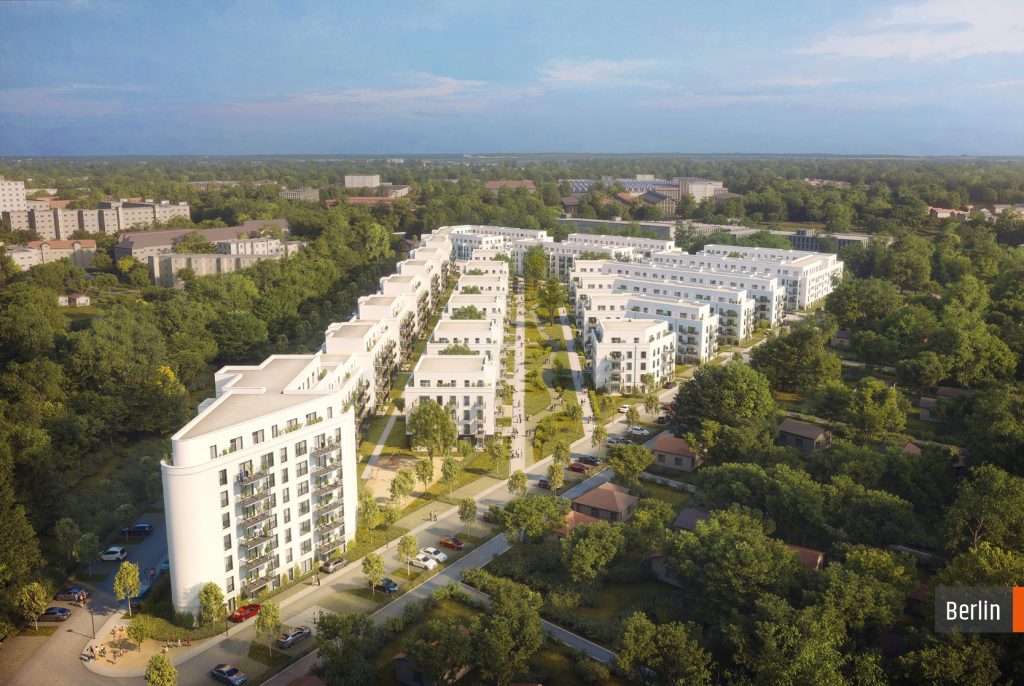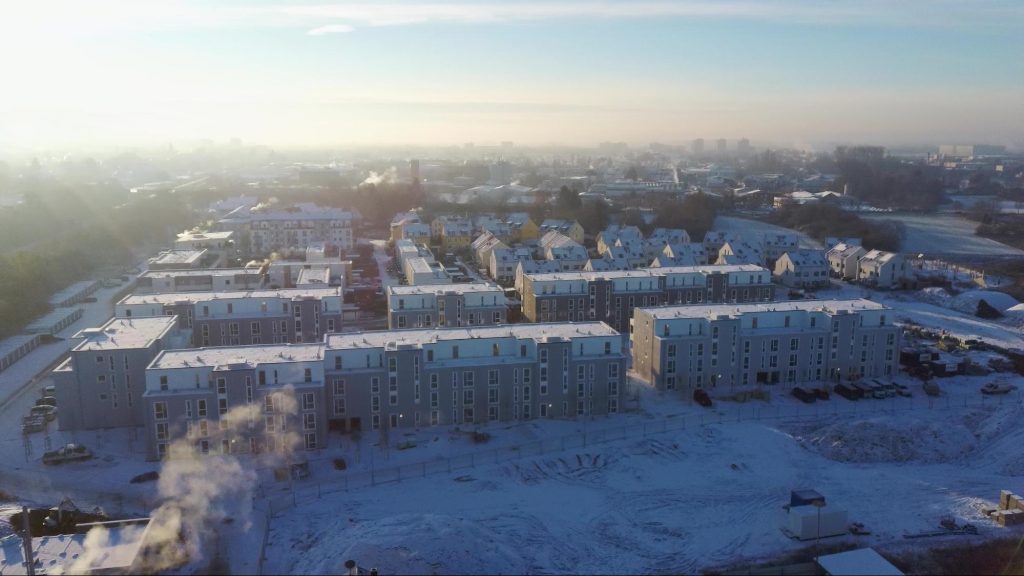The real estate industry is undergoing a critical shift, placing increasing emphasis on environmental responsibility and long-term sustainability. This movement recognizes the significant impact buildings have on our planet, from resource consumption during construction to sustainable practices and energy use throughout their lifespans.
Ten Brinke, a leading project developer, is at the forefront of this crucial transformation. They recognize that achieving true sustainability requires not just innovative solutions and new technology, but also transparency and open collaboration. By utilizing clear and accessible data, Ten Brinke fosters seamless communication between all project stakeholders, from architects to engineers and construction crews. This data-driven approach ensures informed decision-making at every stage, minimizing environmental impact and carbon footprint as well as optimizing resource use.
Sustainability in commercial real estate development – Using accurate data, even without in-depth BIM expertise in the industry
Ten Brinke, a project developer for construction and operations headquartered in Varsseveld, the Netherlands, is committed to actively driving the transformation of the real estate industry toward sustainable, and responsible construction.
The family-owned business, currently in its fourth generation, aims to set the course for environmentally and climate-conscious construction, especially for future generations.
Founded as a small construction company in Varsseveld, the Netherlands, Ten Brinke has advanced over the past 120 years to become an internationally operating, innovative construction company, general contractor and project developer.
With a multitude of branches in Germany, Greece, Spain, and Portugal, the company is well positioned throughout Europe. Today, Ten Brinke acts as a partner for the entire construction value chain: from funds, and investors, to housing associations, healthcare facilities and municipalities. The project developer is closely connected with architectural firms, urban planning professionals, and various construction companies.
Shared information exchange on the model
For the multitude of large-scale projects, especially in the real estate industry, where Ten Brinke is responsible for the overall project development, the company pursued a strategy of seamless collaboration among the parties involved. The goal was to enable architects of the company to directly exchange information with all specialist planning offices, such as building engineering and electrical planning, through a common model, without any interfaces or other barriers. For this purpose, the openBIM standard via IFC and BCF proved to be a very good solution. “We have put a lot of development work into our models, which we created with Nemetschek Allplan,” explained Teresa Brake, BIM Coordinator at Ten Brinke. “We want to work with clear data, so that each company involved always receives the information about the model that is readable and, above all, relevant for the respective party,” she explained.
The BIM EASY ProAssistants from the company MindModel are used for this purpose, which also supports the openBIM approach from Allplan. With the help of these software tools, the digital process within Ten Brinke’s planning phase is further strengthened.
Comparing models in early project phases
Teresa Brake and her team were satisfied to adopt Catenda Hub and the openBIM method. They are now able to compare models at very early planning stages.
“The groundwork is set in these initial phases of the project, so that work can be carried out properly later on the construction site without any unwanted errors unnecessarily prolonging the construction time. Catenda Hub is ideally suited for progress monitoring and communication during the planning phases,” she noted. In this way, the company is able to keep track of costs across all projects and comprehensively avoid errors that can incur high costs.
Completely consistent project documentation
The BIM coordination team members appreciated that Catenda Hub has been quickly accessible and adopted. All project partners could easily be introduced to working with the IT application despite the fact that not everyone on large project teams has the BIM expert knowledge that many software programs still require today. Working together on the model in all phases ensured that project documentation was completely consistent. “The complete planning with all models, all changes, the collision check and the current status are available at all times. The foundations for very good communication between the project participants have been laid,” she rejoiced.
Life cycle assessment and facility management as future investment
For the future, BIM coordinator Teresa Brake would like to see other aspects, such as cross-project life cycle assessment and facility management, integrated into planning from the outset. She saw excellent opportunities for this with Catenda’s software products. “Collaboration with Catenda Hub is always friendly and at eye level,” Teresa Brake concluded. “An essential foundation for long-term cooperation,” she summarized.
1. Saatwinkler Damm, Berlin: In all projects, particularly in the real estate sector where Ten Brinke has overall responsibility for project development, the company pursues a strategy of seamless collaboration among the parties involved. openBIM with Catenda Hub has emerged as a highly effective solution for project work.

2. Residential Project Gunderslache Heppenheim in Winter: The project developer Ten Brinke consistently strives to work with clear data so that each participating company always receives the model information that is readable and, above all, relevant to their respective party.

Conclusion: Open Collaboration, Clear Data and Innovative Solutions for Efficiency and Sustainability in Real Estate Sector
The journey of Ten Brinke towards sustainable real estate has shown how the integration of technology, specifically Building Information Modelling (BIM) and openBIM, can enhance efficiency and collaboration in property development. This approach has led to clear and consistent project documentation, early detection of potential issues, and more effective project management, with the models providing a single source of truth for all stakeholders in their business.
The use of Catenda’s software products has played a pivotal role in streamlining this construction process, allowing team members with varying levels of BIM expertise to contribute to and benefit from the shared model. The company’s future focus on integrating life cycle assessment and facility management into the planning process from the outset signals a commitment to fully embracing the principles of green real estate.
These efforts are in line with broader trends in the property sector towards sustainability, reducing environmental impact, conserving resources, and optimizing energy efficiency. The case of Ten Brinke serves as an example of how businesses can leverage openBIM technology to facilitate this transition and contribute to a more sustainable future in real estate.




